VirtualBox is open-source software that allows you to create a virtual machine to run a second (or more) operating system alongside your current settings without having to change anything, which can come in handy in many scenarios.
For example, a virtual machine is the safest way to check for upcoming Windows 10 (for example, the Fall Developer Update) available through the Windows Insider Program.
If you’re still undecided about Windows 10, and you’re still running an older version, such as Windows 8.1 or Windows 7, you can use VirtualBox to create a virtual machine and use Windows 10 to spin.
Instructions for Installing Windows 10 VirtualBox virtual machine
1. Download Windows 10 ISO
First of all, go to Download Windows 10 page and select the version you want to download. Click “Confirm”, choose your language, and click “Confirm” again. At this point, you will be given the option to choose between 32-bit and 64-bit versions of the operating system. I am using a 64-bit English ISO for this tutorial, but go with whatever works for your setup.
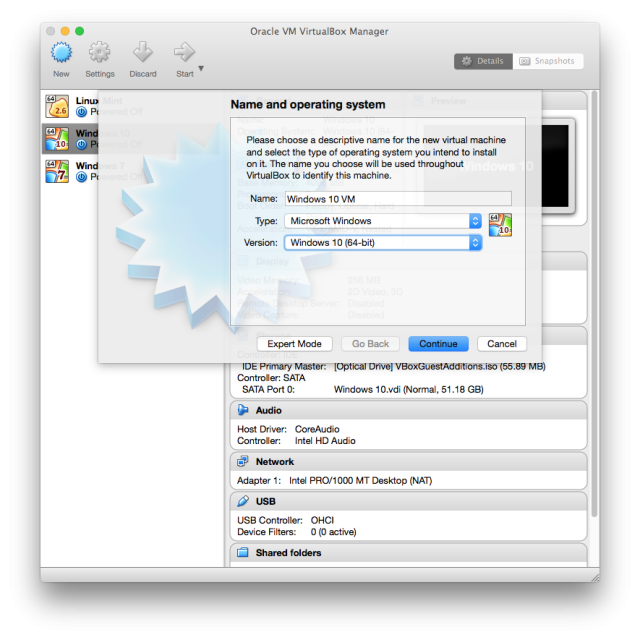
2. Create a new virtual machine
Visit the VirtualBox website and download the latest version of Oracle’s free and open-source software. Go through the installation process, and then launch the application. Click the “New” button and name your virtual machine. Make sure your “Type” is set to “Microsoft Windows” and that your “Version” is set to “Windows 10.” Just make sure you match the x64 version with the 64-bit virtual machine and the x86 version to the 32-Bit VM version.
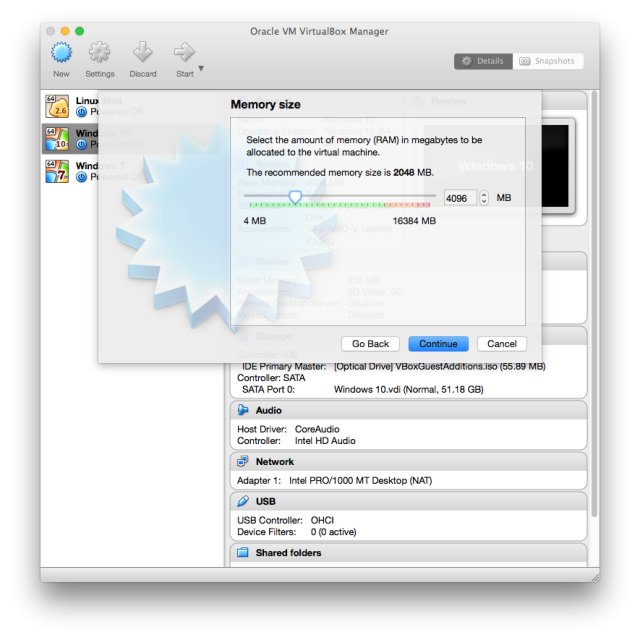
3. Allocate RAM
Next, you need to create a virtual drive. Microsoft says that 16GB is the minimum space required for the 32-bit version, but 20GB is needed for the 64-bit version. I decided to use a 50GB virtual drive on the desktop, but feel free to make it as large as you need to. Just make sure you have enough space on your physical hard drive to control your virtual drive size.
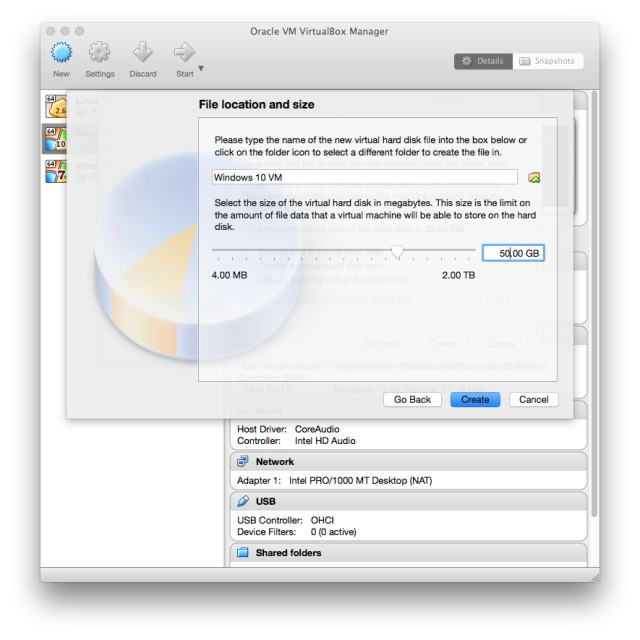
4. Create a virtual drive
Next, you need to create a virtual drive. Microsoft says that 16GB is the minimum space required for the 32-bit version, but 20GB is required for the 64-bit version. I decided to use a 50GB virtual drive on the desktop, but feel free to make it as large as you need to. Just make sure you have enough space on your physical hard drive to control your virtual drive size.
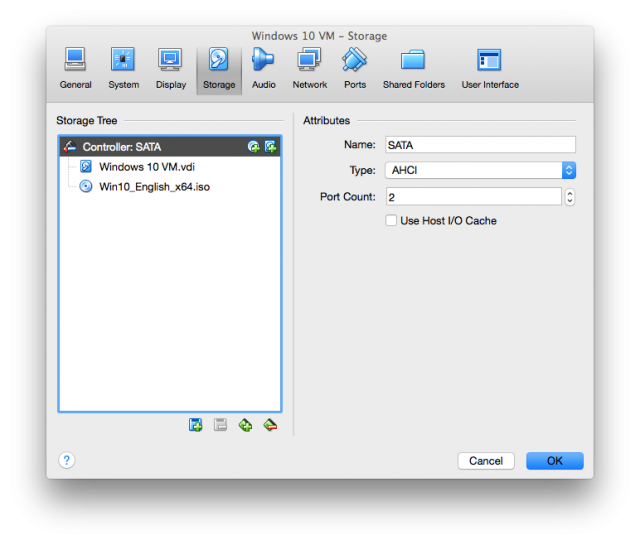
5. Locate the Windows 10 ISO
Now, go into the settings for this virtual machine, and navigate to the “Storage” tab. Click the disk icon with green plus “Controller: SATA.” Click on “Choose disk” and then locate the Windows 10 ISO that you downloaded earlier.
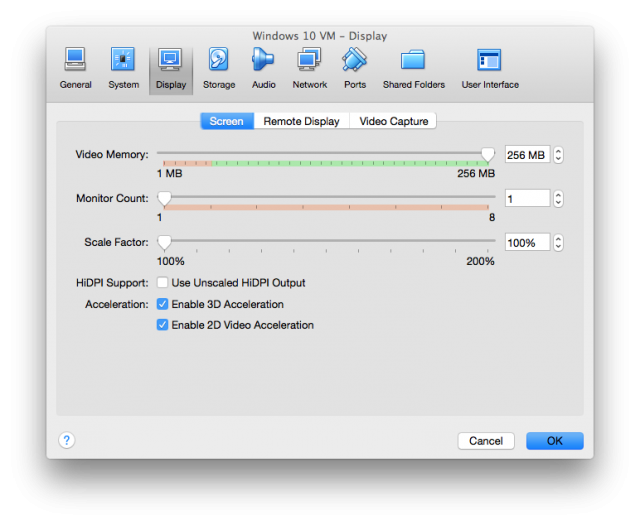
6. Configure video settings
Before you step in and start installing Windows 10, switch to the “Display” tab. You can configure the video memory you want to allocate to the virtual machine, but make sure you keep it green. You can also turn on 3D and 2D acceleration with the hope of better performance.
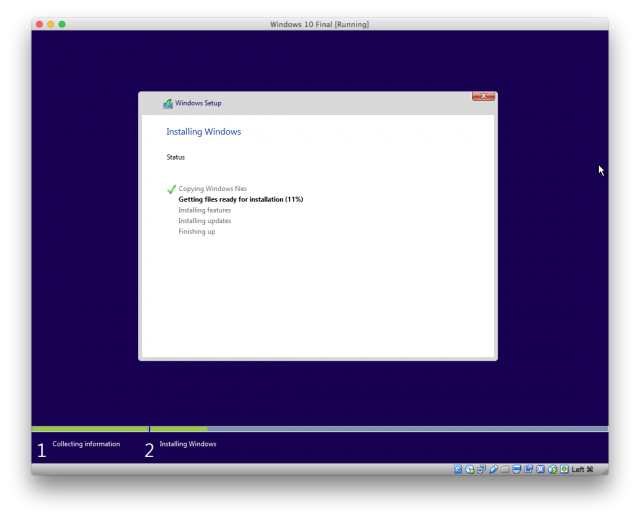
7. Launch the installer
With all the setup complete, hit the “Start” button in VirtualBox, and begin the Windows 10 installation process. Follow the on-screen instructions, and you’re on your way. Eventually, you will be prompted to enter your credentials, so provide your Live.com username and password. Here’s how you’ll sign in to your account in Windows 10.
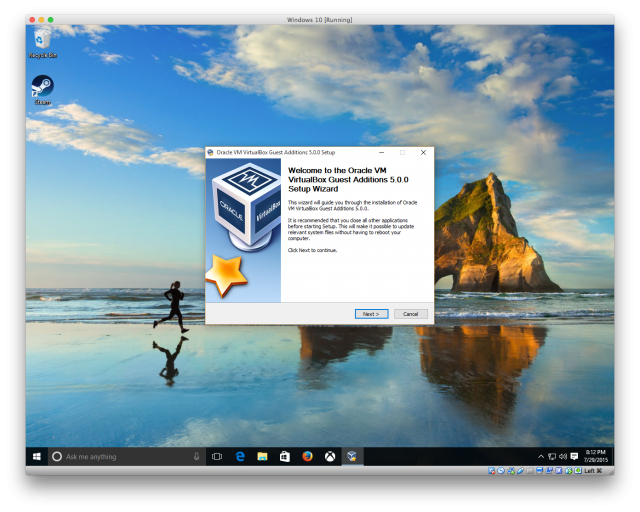
8. Install VirtualBox guest additions
Once you are at the Windows 10 desktop, you will need to install all the appropriate drivers for VirtualBox. In VirtualBox UI, go to “Devices”, then select “Insert Guest Additions CD image”. Navigate to that disk image in Windows Explorer, and run the installer. Once you have gone through the entire process, you will need to reboot the virtual machine.
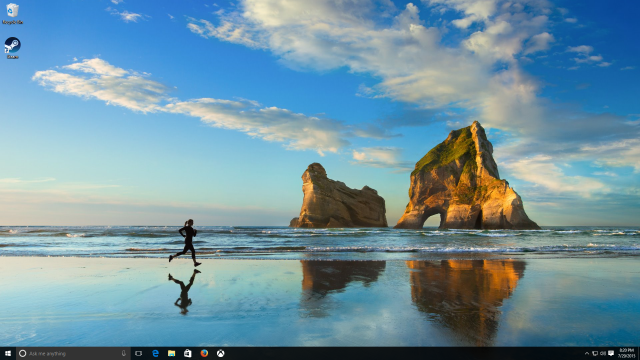
9. You’re ready to use Windows 10 on a virtual drive
Back on the screen, you can finally use full-screen mode at the proper resolution. In the VirtualBox menu, go to “View” and select “Switch to full screen”. For the most part, this is an experience just like you did it naturally. Enjoy yourself and feel free to discover all the new features.





